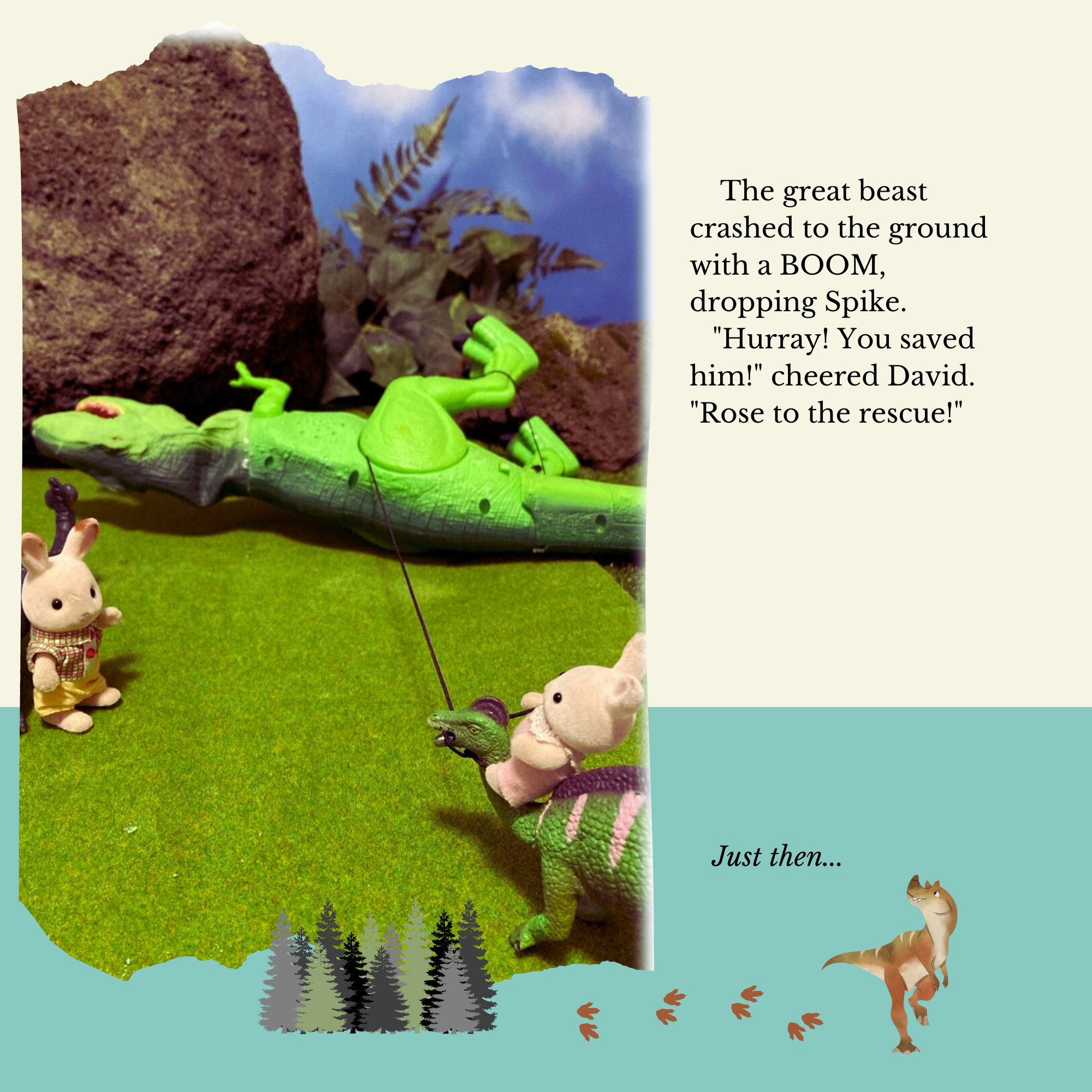…and do The Berenstain Bears help?
When I was a young mother, I loved reading The Berenstain Bears books to my kids. Despite that the family seemed to live in the 1950s, I found the stories usually had a good message. The format typically involved Brother and Sister encountering some conflict or misbehavior. By the end, they’d learned their lesson and everything was well.
While these books seem suitable for early grade children, 1studies suggest they might not be as helpful for preschoolers. Unlike older children who can grasp the whole story and its conclusion, preschoolers often struggle to make that connection. They pay as much attention to the incidents of misbehavior in the story as they do to the resolution. Since misbehavior is prevalent through over half of the story, preschoolers are more likely to mimic the bad behavior than focus on the lesson at the end.
“Preschoolers have a difficult time being able to connect information at the end of the show to what happened earlier,” Ostrov wrote in his paper. “It is likely that young children do not attend to the overall ‘lesson’ in the manner an older child or adult can, but instead learn from each of the behaviors shown.”
― from “NurtureShock: New Thinking About Children”
Well-meaning books and shows often portray in detail the ways that children can fight, insult and devalue their siblings2. For example, what happens when the story involves teasing and most of it has a character engaged in teasing? Preschoolers are more likely to imitate teasing rather than learn from the lesson against it. Of course this is the exact opposite of what you hoped for!

Because I’m aware of this concern, I make sure to model healthy sibling relationships in my books. For instance, in Rose to the Rescue when David races ahead, leaving Rose behind, she expresses her frustration by saying, “No fair!” David then slows down to allow his little sister to catch up. Throughout their make-believe play, they take turns making contributions and allow each other a chance to shine as the hero.

Similarly, in Benjie’s Big Day, the older brother demonstrates prosocial behavior. He helps his younger brother navigate and manage his expectations and fears during a new experience.
I believe that showing preschool children positive examples of behavior in books, TV shows, and life, rather than showcasing negative behavior as part of a lesson, will result in a happier household!
- References: “Mullins, Adam D., and Jamie M. Ostrov, “Educational Media Exposure in Early Childhood: Effects on Displayed and Received Aggressive and Prosocial Behavior,” Poster presented at the Biennial Meeting of the Society for Research in Child Development, Boston (2007). ↩︎
- Kramer, Laurie, Sonia Noorman, and Renee Brockman, “Representations of Sibling Relationships in Young Children’s Literature,” Early Childhood Research Quarterly, vol. 14, no. 4, pp 555-574 (!999). ↩︎
